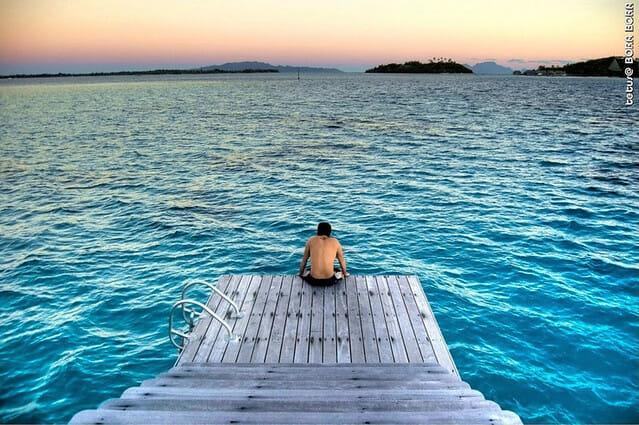How often do tsunamis occur in Bora Bora?
Tsunamis in Bora Bora? In a total of 13 tidal waves classified as a tsunami since 1837 a total of 2 people died in the whole French Polynesia (which is the size of Europe). Compared to other countries, Tsunamis therefore occur rather rarely.
When was the last recorded tsunami?
Tsunami of January 22, 2017 (Bougainville, P
.) Tsunami of December 17, 2016 (New Britain, P
.)
Is Bora Bora a volcano?
Bora-Bora is formed by an extinct volcano, surrounded by a lagoon and a fringing reef. Its summit is Mount Otemanu located in the center of the atoll; another summit, Mount Pahia, on the main island, is 661 m (2,169 ft) high.
Did French Polynesia get hit by the tsunami?
PARIS (Reuters) – The first small waves of a tsunami caused by an earthquake in Chile reached French Polynesia on Saturday, authorities said.
Has there ever been a tsunami in Fiji?
Eleven tsunamis have been recorded in Fiji, of which three were generated within Fiji waters. The most damaging tsunami in Fiji was in 1953. It claimed five lives in Suva and Kadavu and flooded parts of Suva City.
How can you tell a tsunami is coming?
Early warning signs of a tsunami
What country is most likely to have a tsunami?
Where do tsunamis most often occur in the world? Tsunamis occur most often in the Pacific Ocean and Indonesia because the Pacific Rim bordering the Ocean has a large number of active submarine earthquake zones.
Can you outrun the tsunami?
And NO, YOU CAN'T OUTRUN A TSUNAMI. It's just not possible. It doesn't really matter how fast the wave is coming in, the point is that once you get a sign of a possible tsunami, you really shouldn't be near the wave in the first place. Know the warning signals. Don't ignore them or underestimate the speed of the wave.
What area is not at risk of tsunamis?
. Tsunami Hazard Levels
How likely is a tsunami?
1.5 How often do tsunamis happen? According to the Global Historical Tsunami Database, tsunamis that cause damage or deaths near their source occur approximately twice per year. Tsunamis that cause damage or deaths on distant shores (more than 1,000 kilometers, 620 miles, away) occur about twice per decade.
What are the chances of surviving a tsunami?
Luckily, at only 30 cm able-bodied adults should be alright and able to move about. 50cm – 4.8% chance of death “Cars and containers float. You can remain standing if you hang onto something.” Even at 50 cm, you still have a good shot at survival, but now we start to see some more extensive damage to property.
What kills you in a tsunami?
Many people are killed by tsunamis when they are hit by floating debris or smashed into buildings or walls. If you are far enough offshore, there is nothing being tossed around that can kill you.
What material can withstand a tsunami?
Though wood is a preferred material in constructing earthquake-proof buildings, it is perhaps the worst choice in a tsunami situation since it is easily uprooted and can cause further damage to other buildings. Reinforced steel and concrete combined is a better option.
Can you survive a tsunami underwater?
A Ruthless Wave Train If a vessel is hit by a tsunami near shore in shallow water, it will be shattered to pieces. Tsunamis can also be brutal to all sorts of life forms underwater. A diver, for instance, will hardly survive a tsunami because he will be caught by violent spinning currents.
Has a tsunami hit New York?
Aside from the potential events, there have never been any tsunamis hitting New York in recorded history. New York's unique geography can help shield the area from most big waves.
Has Florida ever had a tsunami?
On rare occasions, tsunamis can affect the Florida east coast with wave heights above 3ft (possibly 15ft in isolated areas during the most significant events), along with very strong and dangerous currents.
Will a mega tsunami happen?
There's no evidence that this will happen. It is slowly—really slowly—moving toward the ocean, but it's been happening for a very long time. Despite this, evidence suggests that catastrophic collapses do occur on Hawaiian volcanoes and generate local tsunamis.
How big are tsunami waves?
Tsunami waves can be very long (as much as 60 miles, or 100 kilometers) and be as far as one hour apart. They are able to cross entire oceans without great loss of energy.
What if a tsunami hit the East Coast?
A meteor smashes. The water creating a huge wave which might reach thousands of meters high. The
